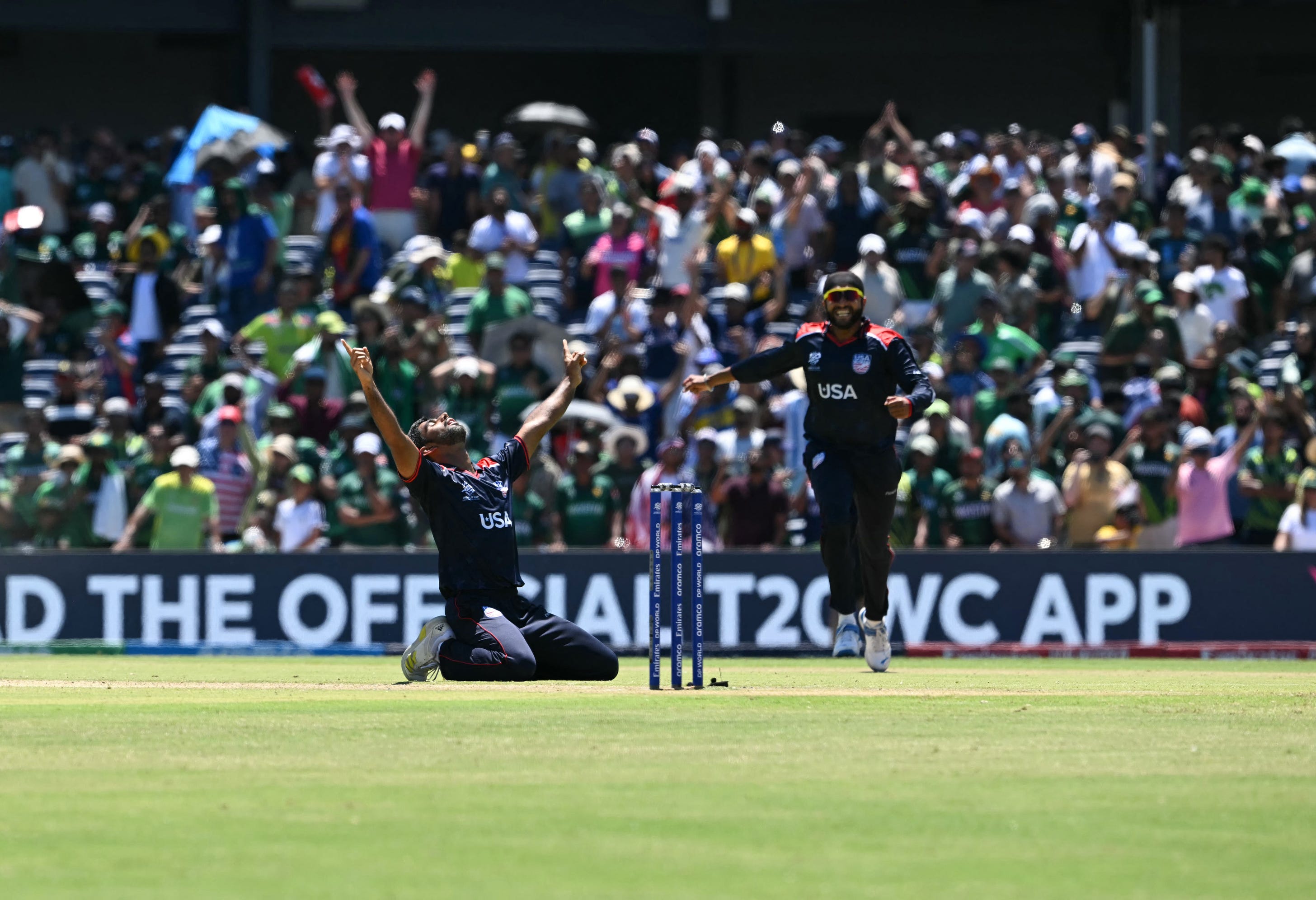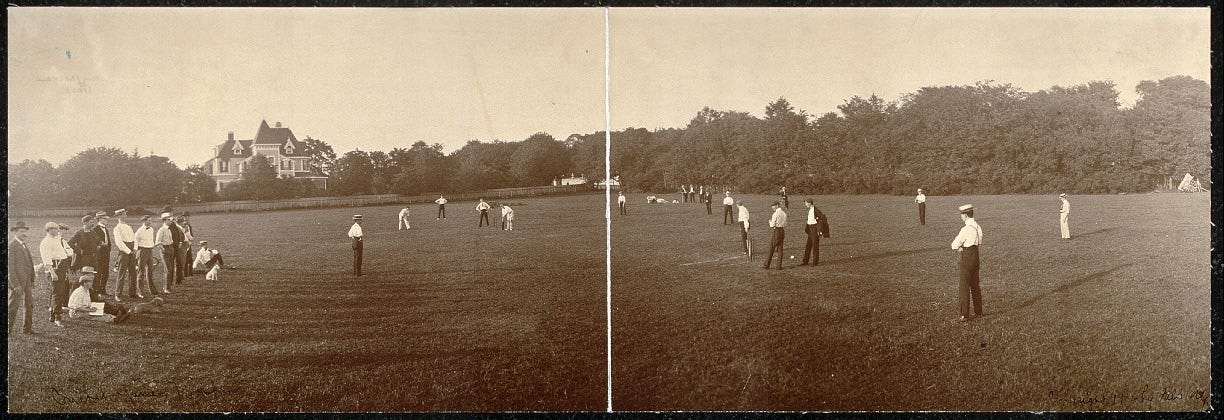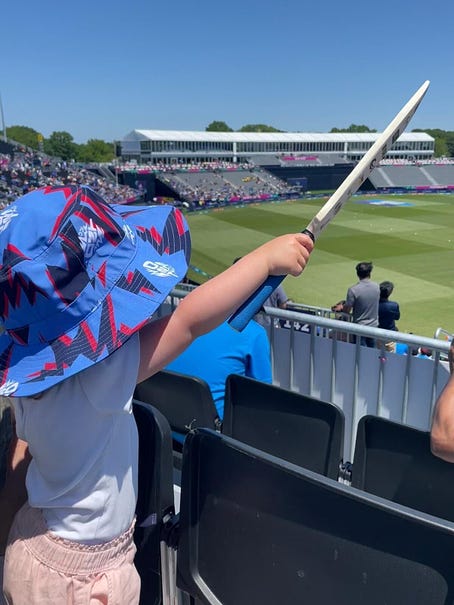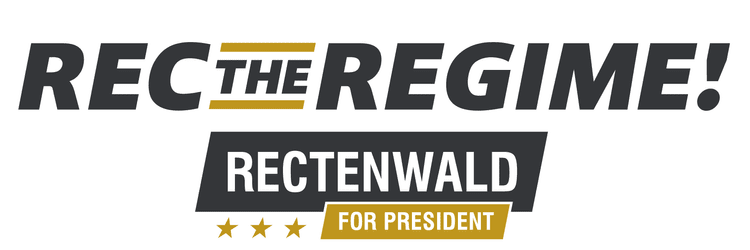Friday, June 14, 2024
Fwd: Google Alert - Rauterkus
From: Google Alerts
| | |||||
| Rauterkus | |||||
| NEWS | |||||
| Constance Sokol Obituary - Sycamore, IL - Chicago Tribune ... Rauterkus, Karen (Ulrich) Wendeln, Gail (Gary) Gibbs; and 16 grandchildren. Resting at Panozzo Bros. Funeral Home, 530 W. 14th St (US Rt.30, 3blks ...
| |||||
| See more results | Edit this alert | |||||
| You have received this email because you have subscribed to Google Alerts. |
 Receive this alert as RSS feed Receive this alert as RSS feed |
| Send Feedback |
Saturday, June 08, 2024
Fwd: Can Cricket Recolonize America?
Can Cricket Recolonize America?Benjamin Franklin and Abraham Lincoln were fans. As an Englishman in the U.S., I'm rooting for a revival.
Tomorrow, New York's Long Island suburbs will host a game expected to be viewed by twice as many people as the Super Bowl. Most Americans, however, don't know the rules of the sport being played and would find it impossible to follow—unless they were watching with a very patient friend from England, or India, or Australia. I am talking, of course, about cricket, and this Sunday's clash between the fierce sporting—not to mention geopolitical—rivals, India and Pakistan. Ticket prices are approaching Taylor Swift levels, and when the first ball (that's pitch in baseball speak) is bowled (thrown) at 10:30 a.m., half a billion people around the world are expected to tune in to watch it. This match is part of the latest push by cricketing authorities to sell this most un-American of sports—too slow, too complicated, too snobby!—on this side of the pond. It is part of this year's World Cup—which is being held mostly in the Caribbean, with fifteen games to be played in the United States, at cricket grounds (i.e., ballparks) in South Florida, Dallas, and New York. Now, I'm an Englishman living in America who views cricket as human civilization's greatest achievement. I was carried along to matches basically from birth, so maybe I was doomed to love the game, but I also have my reasons: one of the things I like about sports is that it's life in miniature, complete with its triumphs and losses, and that is, in my experience, truer with cricket than with any other game. Like life, the games are drawn-out affairs that can change in an instant. On the cricket field, the best strategy depends almost entirely on the circumstances and conditions. And just when you think you've figured it out, it confounds you once again. You can never quite crack the code. In any case, I had to see this audacious attempt at sporting recolonization for myself. America is so good at exporting its culture to the rest of the world. Could cricket be sneaked through customs in the other direction? So last weekend I dragged my American but remarkably cricket-tolerant wife and our two-year-old daughter to the New York grounds to watch a warm-up match between India and Bangladesh—a chance for both sides as well as the organizers to get in shape before the start of the tournament. Few New Yorkers have heard of the Nassau County International Cricket Stadium—unsurprisingly, given it was constructed just for this event and will be dismantled soon after it is done. To my eyes, it lacks the charm of the world's great cricketing cathedrals, but it is impressive for a glorified mountain of scaffolding in a local park. It can seat 34,000 people—almost twice as many as Madison Square Garden—and the pitch (a 22-yard-long strip of closely cut grass on which most of the action takes place) started life in Adelaide, Australia, before it was shipped to Florida, where it was carefully tended to before being transported up to New York. (Unfortunately, after the first few games, it has been criticized as "not ideal.") The crowd was mostly made up of Indian Americans bedecked in the blue and orange jerseys of the Indian team, one of the favorites to win the tournament. Given the low stakes of this friendly (or what Americans would call an exhibition game) against a far weaker Bangladesh side, the fans were really there to catch a glimpse of the Indian cricketers—superstars who cannot leave their houses without being mobbed in their home country but would probably go unrecognized if they strolled through Times Square this week. There was a respectably sized Bangladeshi contingent in the stands too, yelling for the team known as The Tigers, including a man waving an inflatable striped cat in the air (the most exciting thing about the whole day in my daughter's eyes). Then there was a smattering of people like me, interested third parties from other cricketing parts of the world: the Caribbean, the UK, Australia. Americans without any links to a cricketing homeland were hard to find. It was not always so. What most Americans don't realize is cricket has real roots here. Benjamin Franklin himself brought a copy of the rules over to the colonies in 1754. Washington's troops played pickup games of "wicket" at Valley Forge. Abraham Lincoln was a cricket fan. Central Park's North Meadow was once a cricket pitch. And the first ever international cricket match was played between America and Canada right here in New York in 1844. The greatest sport known to man was once as American as apple pie! Things went wrong around the time of the Civil War. According to one theory, young American men were too busy killing each other to futz around with the complicated preparations that cricket requires. Also, a traditional game can last up to five days. A pickup game of baseball was easier to squeeze in between battles. Enterprising baseball promoters took it from there, but it helped that in 1909, cricket was organized under a body called the Imperial Cricket Council, which allowed only countries that were part of the British Empire to participate. Give me liberty or give me cricket, in other words. The Americans chose liberty. But these days, Americans can have both. As cricket's advocates here are keen to note, the sport today is a far cry from its (always unfair) caricature as a sedate pastime of snooty Englishmen that involves breaks for tea. (Okay, the tea breaks are a real thing. Teams will pause for an often elaborate spread of sandwiches, sausage rolls, cakes, and more between innings.) The most popular format of the sport is a recent invention called T20, so named because each inning lasts twenty overs, an over being a. . . actually, never mind. Suffice to say that in this version of the sport, games last about two and a half hours rather than five days. It's fast and furious and a lot easier for a first-timer to appreciate. American cricket has picked up undeniable momentum over the last two decades. According to USA Cricket, the governing body for the sport here, there are now more than 200,000 cricketers in the United States today—up from just 30,000 in 2006—playing in more than 400 leagues, tournaments, and school programs across the country. At the Los Angeles Olympics in 2028, cricket will return to the competition for the first time since 1900. And the USA team is getting better every year. They won their first game of the tournament, against Canada, last weekend. Then, on Wednesday, America's cricketers pulled off an astonishing David and Goliath upset against the formidable Pakistan. Underscoring the vast chasm between the teams, Saurabh Netravalkar, the bowler whose clutch performance sealed the biggest victory in the history of American cricket, still works full-time as a software engineer at Oracle Cloud Infrastructure. Much of this progress—and optimism about future growth—is thanks to America's South Asian community. Asian Americans are the fastest growing minority in the U.S., with Indian Americans as the fastest growing subgroup. Those backing cricket in America—investors, the game's administrators, optimistic fans—are betting that affluent immigrants from this cricket-obsessed country, and their kids, will power a stateside cricketing revolution. A professional domestic tournament, Major League Cricket, launched last year with $120 million from deep-pocketed, mostly Indian American investors, including Indian-born Microsoft CEO Satya Nadella. "Old passions in new homes," he said in an interview on the sidelines of the first game. It has six teams and has lured some talented overseas players, like Andre Russell, a power-hitting Jamaican with a bleached blond mohawk; the Trinidadian cricketer turned pop star Dwayne Bravo; and Rashid Khan—the face of the remarkable rise of cricket in Afghanistan. In its biggest coup yet, the league announced this week that Pat Cummins—captain of the Australian cricket team and one of the most prominent names in international cricket—has signed a deal to play for the San Francisco Unicorns in the monthlong tournament through 2028. Still, huge barriers remain. The World Cup may be happening in America but the only way for Americans to get it on TV is by signing up to Willow, a cricket-only cable channel for $10 per month (yes, I am a paying subscriber). What hope is there for winning new converts if they can't even watch it? It took decades and billions of dollars for soccer to gain a foothold here, but I'm sure the people behind that push made sure you could enjoy the games on non-specialized cable channels. Still, I dared to dream, as I heard the sound of bat on ball—the true sound of summer to me, and any real cricket fan—on Long Island. Last weekend's match was a charming culture clash—from the affable, heavyset steward wishing fans namaste in a thick New York accent as we entered the ground, to the food (hot dogs, fish and chips, vegetable samosas), to the visibly bored police officer who asked me how much longer the game was going to last. For now, it seems, cricket will remain an immigrants' sport and its stateside breakthrough a far-fetched dream. But then again, what could be more American than that? Oliver Wiseman is a writer and editor for The Free Press. Follow him on X @ollywiseman. |
Thursday, June 06, 2024
Fwd: I write you with a heavy heart
|
Saturday, May 25, 2024
RecTheRegime!
| Together, we will RecTheRegime!͏ ͏ ͏ ͏ ͏ ͏ ͏ ͏ ͏ ͏ ͏ ͏ ͏ ͏ ͏ ͏ ͏ ͏ ͏ ͏ ͏ ͏ ͏ ͏ ͏ ͏ ͏ ͏ ͏ ͏ ͏ ͏ ͏ ͏ ͏ ͏ ͏ ͏ ͏ ͏ ͏ ͏ ͏ ͏ ͏ ͏ ͏ ͏ ͏ ͏ ͏ ͏ ͏ ͏ ͏ ͏ ͏ ͏ ͏ ͏ ͏ ͏ ͏ ͏ ͏ ͏ ͏ ͏ ͏ ͏ ͏ ͏ ͏ ͏ ͏ ͏ ͏ ͏ ͏ ͏ ͏ ͏ ͏ ͏ ͏ ͏ ͏ ͏ ͏ ͏ ͏ ͏ ͏ ͏ ͏ ͏ ͏ ͏ ͏ ͏ ͏ ͏ ͏ ͏ ͏ ͏ ͏ ͏ ͏ ͏ ͏ ͏ ͏ ͏ ͏ ͏ ͏ ͏ ͏ ͏ ͏ ͏ ͏ ͏ ͏ ͏ ͏ ͏ ͏ ͏ ͏ ͏ ͏ ͏ ͏ ͏ ͏ ͏ ͏ ͏ ͏ ͏ ͏ ͏ ͏ ͏ ͏ ͏ ͏ ͏ ͏ ͏ ͏ ͏ ͏ ͏ ͏ ͏ ͏ ͏ ͏ ͏ ͏ ͏ ͏ ͏ ͏ ͏ ͏ ͏ ͏ ͏ ͏ ͏ ͏ ͏ ͏ ͏ ͏ ͏ ͏ ͏ ͏ ͏ ͏ ͏ ͏ ͏ ͏ ͏ ͏ ͏ ͏ ͏ ͏ ͏ ͏ ͏ ͏ ͏ ͏ ͏ ͏ ͏ ͏ ͏ ͏ ͏ ͏ ͏ ͏ ͏ ͏ ͏ ͏ ͏ ͏ ͏ ͏ ͏ ͏ ͏ ͏ ͏ ͏ ͏ ͏ ͏ ͏ ͏ ͏ ͏ ͏ ͏ ͏ ͏ ͏ ͏ ͏ ͏ ͏ ͏ ͏ ͏ ͏ ͏ ͏ ͏ ͏ ͏ ͏ ͏ ͏ ͏ ͏
|
Friday, May 10, 2024
Claim your spot at the mile race, was Liberty Mile
| ||||||||||||||||||||||||||||||||||||||||||||||||||||||||||||||||||||||||||||||||||||||||||||||||||||||||||||||||||||||||||||||||||||||||||||||||||
|





















